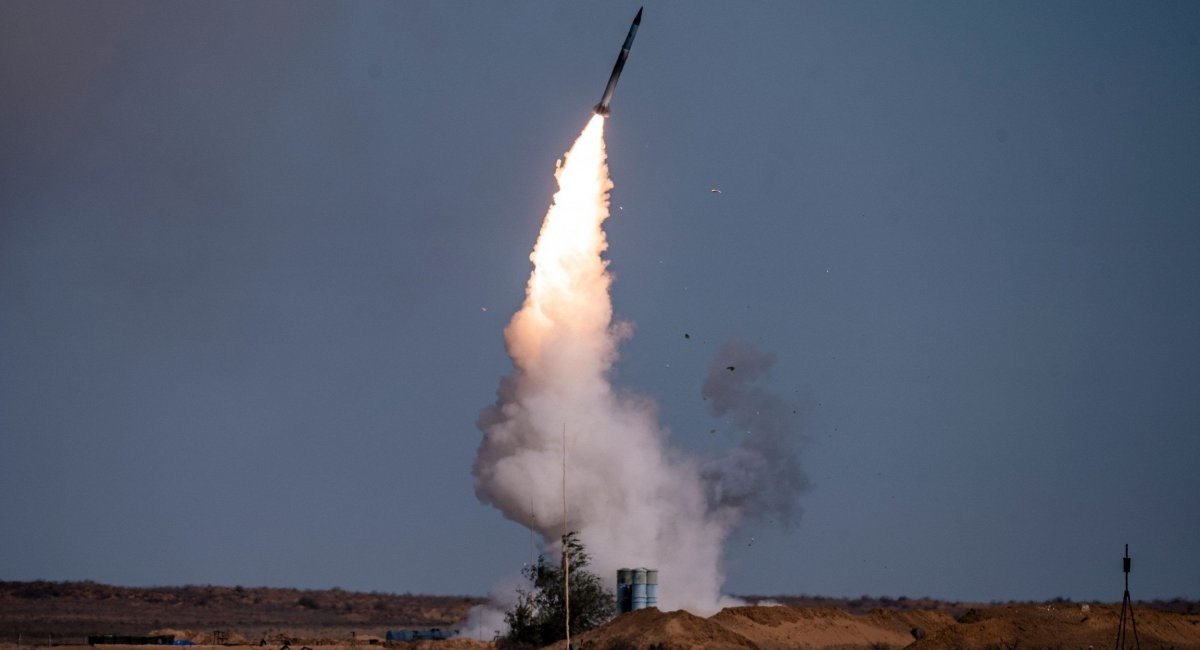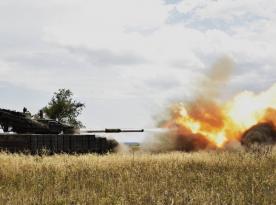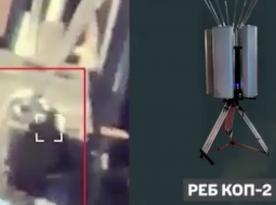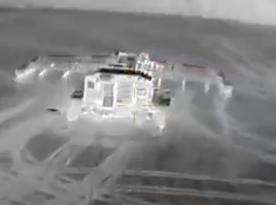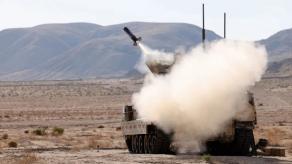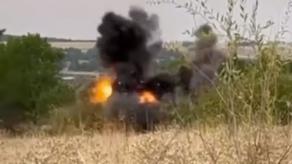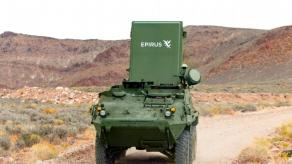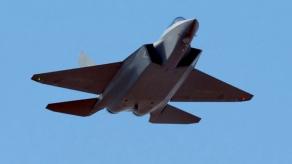A new type of missile is being developed in the russian federation as indicated by a video report released by Dmitry Medvedev, a Deputy Secretary of the russian Security Council. This footage features a few episodes from live fire tests at the Kapustin Yar proving ground.
To sum things up, we saw S-400 air defense system launchers used to fire the new weapon and an excerpt of the presentation: ballistic flight trajectory shown on the slide and talks about "assessing the capabilities and feasibility." In other words, the project is still in its initial stages.
Read more: Antique Air Defense Weapons in Ukrainian War: How Often S-300 Needs Repairs and S-125's First Downed Kalibr Missile
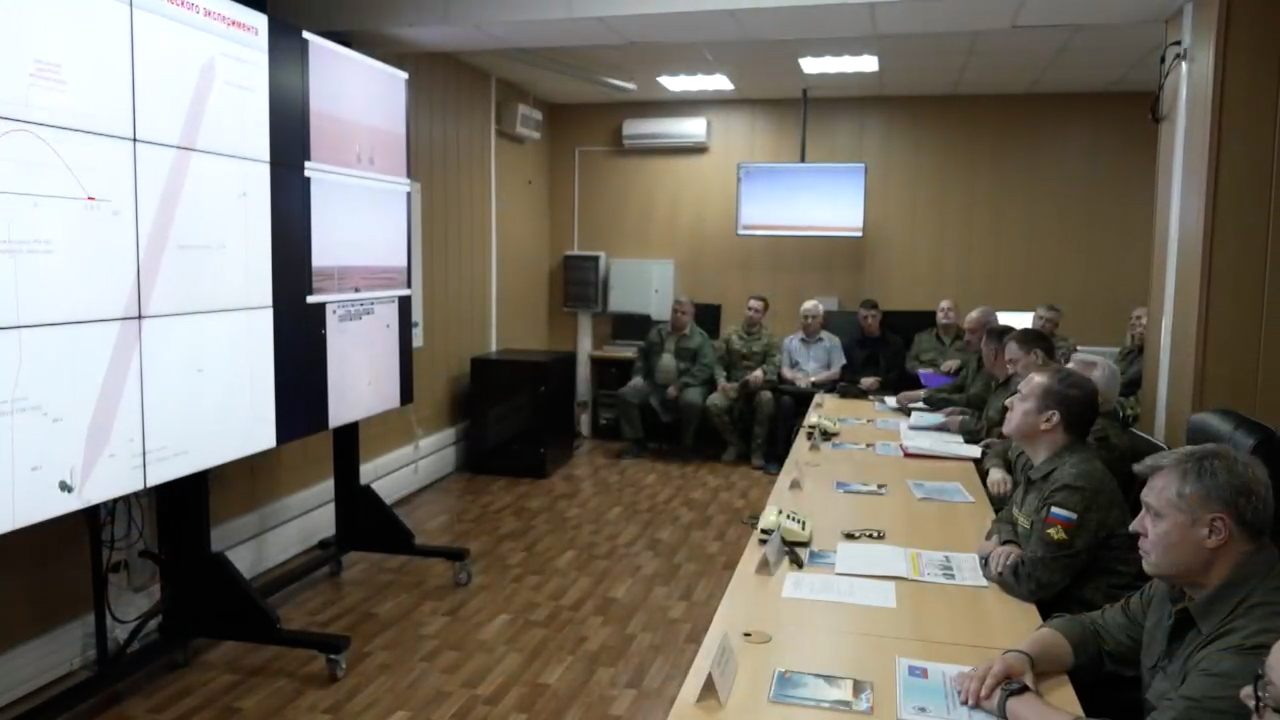
So far, all points to the possibility that it would be not an entirely new product but a modernization of an already existing missile used by the S-400 air defense system; the most suitable candidate is the 48N6 missile that had been previously used for ground-to-ground strikes on Ukraine.
The works are seeking to improve three parameters: accuracy, warhead weight, and range.
Regarding accuracy, we should keep in mind that the new missile uses the Track via Missile type of guidance which is confirmed by the 92N6E target-tracking radar featured on the same presentation slide.
Track via Missile as a technology is reliant on the distance to the "radio horizon." When a missile is deployed against an aerial target, it doesn't pose any problem. At an altitude of 10 km above the surface, the target remains within the line of sight in a 400 km range. At the same time, a target flying only 10 meters above the ground, becomes visible to the radar only at 17 km.
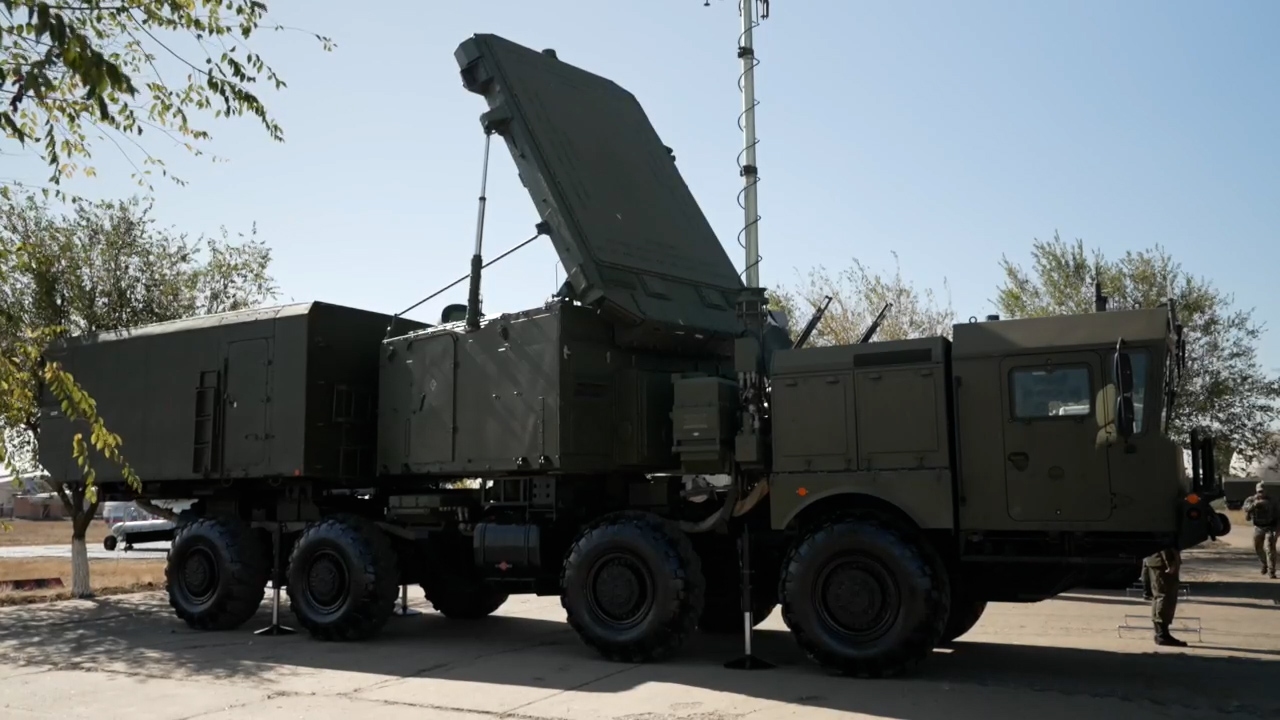
The russian forces, however, used to launch their air defense missiles at much larger distances, for example, the attack on Kyiv with 48N6s fired from S-400 came from over 200 km away from the target city. In this kind of situation, a missile goes beyond the radio horizon at an altitude of approximately 3 km and then starts falling practically without any guidance at all.
This also explains why the russians use S-300 and S-400 against cities specifically: because the target is the "city" as a whole, not a particular object in it.
That said, installing a satellite navigation unit inside the new missile in development is within the realm of possibility, just to solve the "last mile" problem. In that case, in addition to improved accuracy, the russians also become able to "throw" the missile farther: since against aerial targets, the 48N6DM is limited to a 250 km range, according to the declared specifications.

Earlier, the russians calculated how far a 5V28 missile for the S-200 air defense system can reach if modified to strike on-ground targets. The result was 600 km, and the same estimate may well be applied to the modernized 48N6DM in its new ground-to-ground iteration because both missiles have the same range against air targets.
On the other hand, we should consider that maybe not necessarily the 48N6DM is undergoing this modernization but some of the older types of missiles. For example, the basic 48N6 has a maximum anti-air range of 150 km, and the even more obsolete 5V55 features a 75 km max range.
The video from live fire tests also has a frame showing the coordinate plane for the input of trajectory data: the maximum parameters for the launch are 40 km altitude and 150 km range. Although usually the first tests are intentionally carried out below the highest bar. Moreover, the figures could have been limited by the proving ground's dimensions.
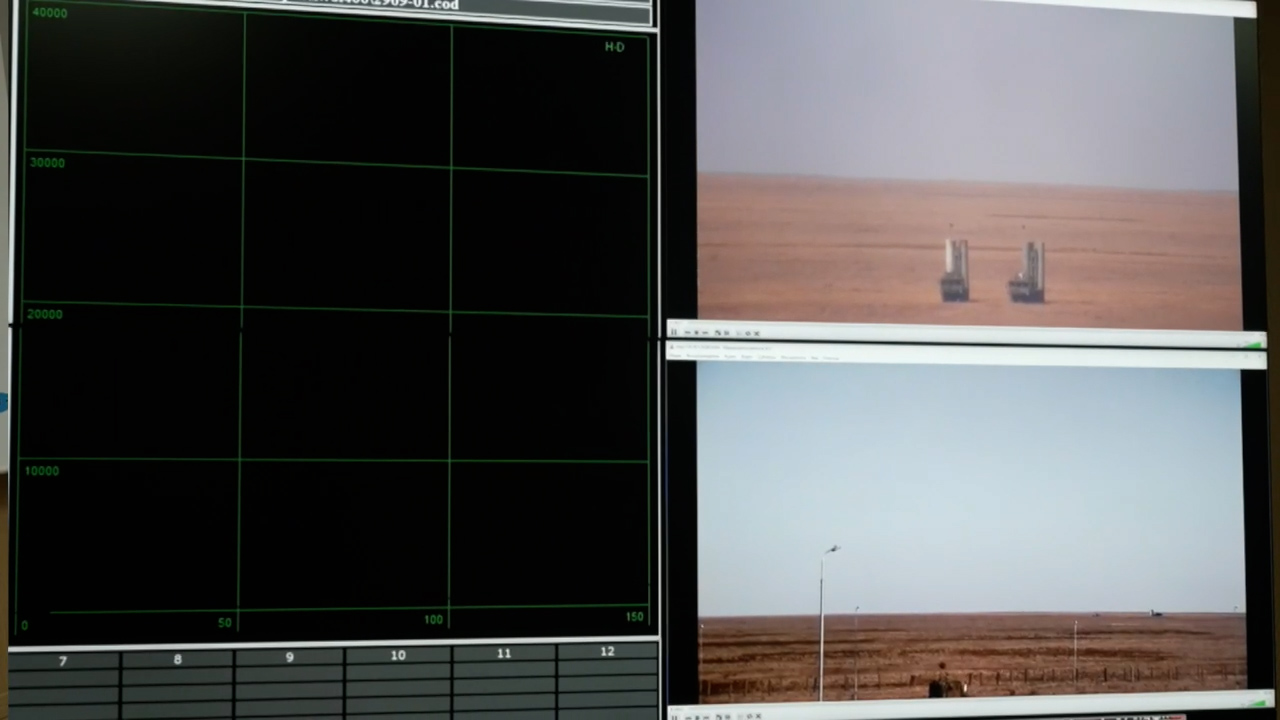
While the question regarding the range of the new missile remains open, as for making the warhead "more powerful," our assessment is that they could simply replace the anti-aircraft fragmentation warhead with a high-explosive one with the same weight of 180 kg. Keeping the weight unchanged would help avoid problems related to alteration in launch weight and center of mass.
On a final note, we should mention that in any form, this kind of project creates an additional threat to Ukraine, as in result russia might acquire more ballistic missiles to shell the cities. Those can only be intercepted by advanced anti-missile systems, such as the Patriot PAC 3 or SAMP/T available to Ukraine in very limited quantities.
Read more: As UN Resolution Expires, Iran Becomes Unshackled to Start Exporting Ballistic Missiles to russia




